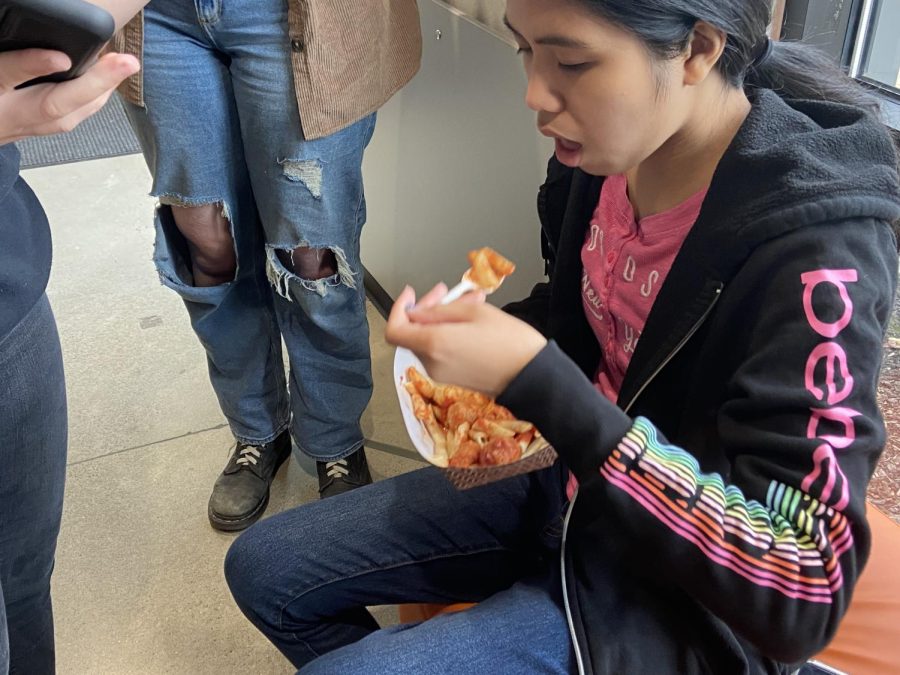Superintendent Gives Insight on Student Lunch Programs
Through media like movies, television shows, and even most peoples’ own experiences, public school lunch in America has gotten a bad reputation. Movies like the 1996 film “Matilda” have given a view of the people who prepare the lunch as grimy and unhygienic, and the food being strange and having unnatural colors.
In more modern times, gone are the days of “mystery meats” and ketchup counting as a vegetable. These days school lunch is a big priority with schools, especially since there is a “Free Lunch For All” program being proposed by Washington state superintendent, Chris Reykdal. Which would guarantee free lunch for every student attending public school in Washington State would be able access free lunch everyday with no debt.
“We… know with research that students can learn better when they have a full stomach that they’re not worried about where their next meals coming from” said Dr. Erin Prince, Central Kitsap School District superintendent. Prince is in full support of the Free Lunch for All program.
During the pandemic many families were worried about how they were now going to be able to feed their children, since many children in CKSD rely on meals from the school to get their lunches and breakfast during the week. Once schools closed and that option was put in jeopardy and families across the nation were wondering about where their children’s meals would come from
“Our students didn’t have to worry about where their next meal was going to be, and even when school was in hybrid, or we were all fully remote, we still were able to provide meals…we had opportunities to take some meals out to hard to reach places where parents couldn’t access the meals at the schools” Prince said.
The battle for nutrition in school lunches has also been a long one since the public school lunch program was first introduced after World War II. If a child is not provided with enough nutritious foods to support them during growth periods, problems can occur in their development and learning, which is why many people view lunches for students as an important issue. Even before the legislation is passed, students can still apply for free and reduced lunch. Depending on the amount of students that are in one family and the amount of income a family makes yearly on average, the parents of said students could apply and qualify for a free or reduced lunch rate.
“If a family is not making a lot of money or if they are without a job or there’s just a hardship, they can apply for free lunches, free breakfast and lunch and or a reduced rate,” Prince stated. “The state is really trying to look at… how do we simplify but more importantly, we are required to feed all students. We’re not going to turn away any student who’s hungry who needs lunch, whether they forgot a lunch, or whether they didn’t buy lunch.” Lunch debts of course are a worry for some, who could have a debt pile up to quite a large amount by the end of the school year.
So if your student is in need of a lunch or breakfast everyday and you don’t know how, you can apply for these programs and the Free Lunch For All is predicted to be in practice within the next school year.



